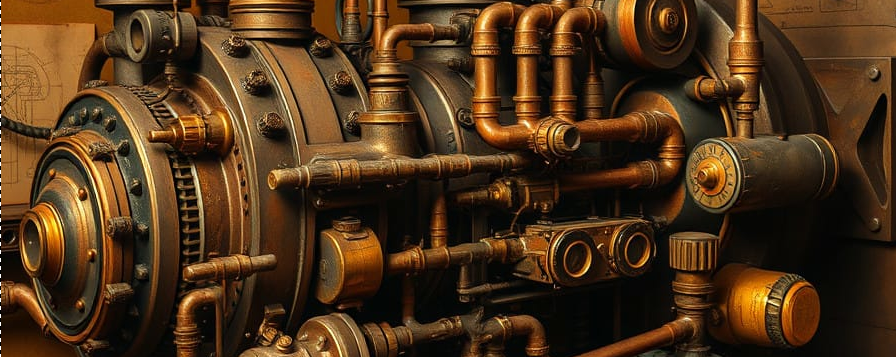Graphics Processing Units (GPUs) have become a cornerstone of modern computing, particularly in the field of artificial intelligence (AI). Originally designed to accelerate the rendering of images and graphics in video games and applications, GPUs have evolved into powerful parallel processors capable of handling the massive computational demands of AI workloads. This article explores the architecture of GPUs, their advantages over traditional Central Processing Units (CPUs), and their critical role in advancing AI technologies.
The Architecture of GPUs
GPUs are designed with a parallel architecture that allows them to perform many calculations simultaneously. Unlike CPUs, which typically have a few cores optimized for sequential processing, GPUs consist of thousands of smaller cores that can handle multiple tasks at once. This parallelism is particularly beneficial for tasks that involve large datasets and complex mathematical computations, such as those found in machine learning and deep learning.
The architecture of a GPU enables it to efficiently process the matrix and vector operations that are fundamental to many AI algorithms. For instance, deep learning models, which often involve numerous layers of interconnected neurons, require extensive matrix multiplications and additions. The ability of GPUs to execute these operations in parallel significantly accelerates the training and inference processes, allowing researchers and developers to iterate more quickly and effectively.
Advantages of GPUs Over CPUs
- Parallel Processing Power: The most significant advantage of GPUs is their ability to perform parallel processing. While a CPU may have 4 to 16 cores, a GPU can have thousands of cores, making it ideal for tasks that can be divided into smaller, independent operations. This parallelism allows GPUs to handle large-scale computations much more efficiently than CPUs.
- High Throughput: GPUs are designed to maximize throughput, meaning they can process a vast amount of data in a short period. This is particularly important in AI, where training models on large datasets can take an enormous amount of time. The high throughput of GPUs enables faster training times, which is crucial for developing and deploying AI applications.
- Specialized Hardware: Many modern GPUs come equipped with specialized hardware for deep learning tasks, such as Tensor Cores in NVIDIA’s Volta and Ampere architectures. These cores are optimized for performing tensor operations, which are fundamental to deep learning, further enhancing the performance of AI workloads.
- Energy Efficiency: Despite their high performance, GPUs are often more energy-efficient than CPUs when it comes to processing large datasets. This efficiency is essential for training large AI models, as it reduces the overall energy consumption and operational costs associated with running extensive computations.
The Role of GPUs in Advancing AI
The rise of deep learning has significantly increased the demand for powerful computational resources, and GPUs have emerged as the preferred choice for training complex models. They have enabled breakthroughs in various AI applications, including image and speech recognition, natural language processing, and autonomous systems.
For instance, in computer vision, GPUs have accelerated the training of convolutional neural networks (CNNs), which are essential for tasks such as object detection and image classification. In natural language processing, GPUs facilitate the training of transformer models, which have revolutionized language understanding and generation.
Moreover, the accessibility of cloud-based GPU resources has democratized AI research and development. Researchers and developers can now leverage powerful GPU clusters without the need for significant upfront investment in hardware, enabling innovation across industries.
Graphics Processing Units (GPUs) play a vital role in meeting the computational needs of artificial intelligence. Their parallel processing capabilities, high throughput, specialized hardware, and energy efficiency make them indispensable for training and deploying AI models. As AI continues to evolve and expand into new domains, the importance of GPUs will only grow, driving advancements that will shape the future of technology and society. The synergy between GPUs and AI not only enhances computational efficiency but also accelerates the pace of innovation, paving the way for smarter, more capable systems.
